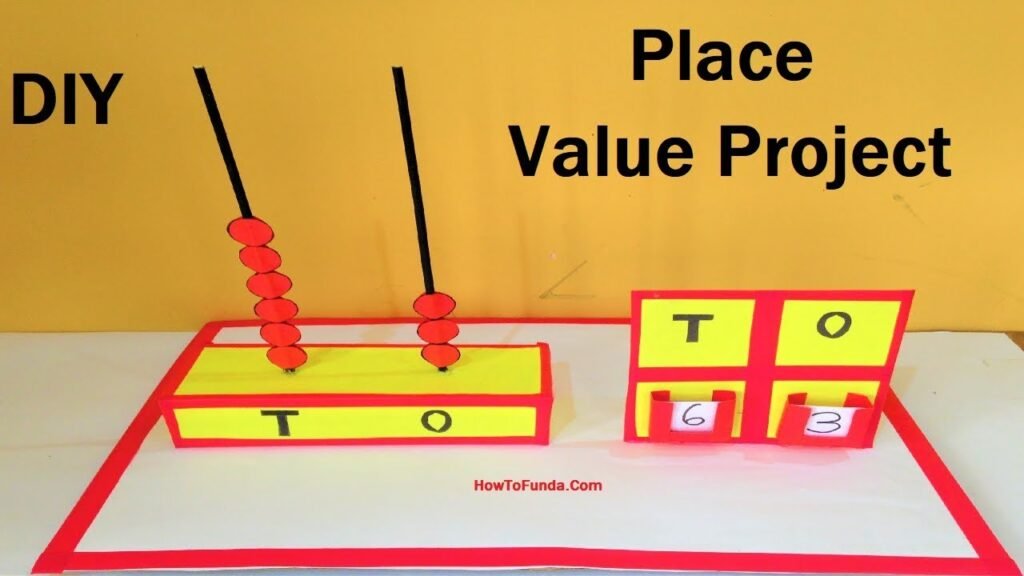Introduction to Place Value:
Place value is a fundamental concept in mathematics that helps us understand the numerical value of each digit in a number based on its position or place in the number. It forms the basis for our entire number system and is crucial for performing arithmetic operations and solving mathematical problems.
Key Concepts:
- Digits:
- Digits are the numerical symbols (0, 1, 2, 3, 4, 5, 6, 7, 8, 9) used to represent numbers. Each digit has a specific value.
- Place:
- The position of a digit in a number determines its place value. The rightmost digit is in the “ones” place, the next digit to the left is in the “tens” place, followed by the “hundreds,” “thousands,” and so on.
- Base-10 System:
- Our number system is based on powers of 10, known as the base-10 system. Each place in a number represents a power of 10.
Place Value Working Model :
A place value working model is a tool that organizes the digits of a number according to their places. It helps in visualizing and understanding the value of each digit.
Creating a place value working model using a cardboard box, chopsticks, and beads can be a hands-on and visual way to teach and understand the concept of place value.

Here’s a step-by-step guide:
Materials Needed:
- Cardboard box
- Chopsticks or thin wooden dowels
- Beads (different colors for each place value)
- Marker or pen
- Glue
- Ruler
- Craft knife or scissors
- Paints and brushes (optional for decoration)
- Number cards (optional)
Video step by step Procedure:
1. Prepare the Cardboard Box:
- Cut the cardboard box to create an open rectangular structure. This will be the base for your place value model.
2. Divide the Box:
- Use chopsticks or thin wooden dowels to divide the box into separate sections, representing ones, tens, hundreds, etc. Glue these in place securely.
3. Label Each Section:
- Use a marker or pen to label each section with the corresponding place value (ones, tens, hundreds, etc.).
4. Prepare Beads:
- Choose beads of different colors to represent each digit. For example, you can use blue beads for ones, green for tens, and red for hundreds.
5. Attach Beads to Chopsticks:
- Thread the beads onto the chopsticks to represent the digits in each place value. Glue the beads in place to secure them on the chopsticks.
6. Decorate (Optional):
- If you’d like, you can paint and decorate the cardboard box to make it visually appealing.
7. Create Numbers:
- Using number cards or simply writing on paper, create numbers to represent in your place value model. For example, for the number 365, place three red beads (for hundreds), six green beads (for tens), and five blue beads (for ones).
8. Manipulate the Model:
- Move the beads on the chopsticks to represent different numbers and demonstrate the concept of place value. For instance, move the beads to show the number 245.
9. Discuss Place Value:
- Use the model to explain and discuss the concept of place value. Emphasize that the position of a digit determines its value in a number.
10. Practice with Numbers: – Practice representing different numbers using the beads and chopsticks. Encourage hands-on exploration and manipulation.
11. Extensions (Optional): – For more advanced learners, you can add additional sections for thousands, ten thousands, etc.

